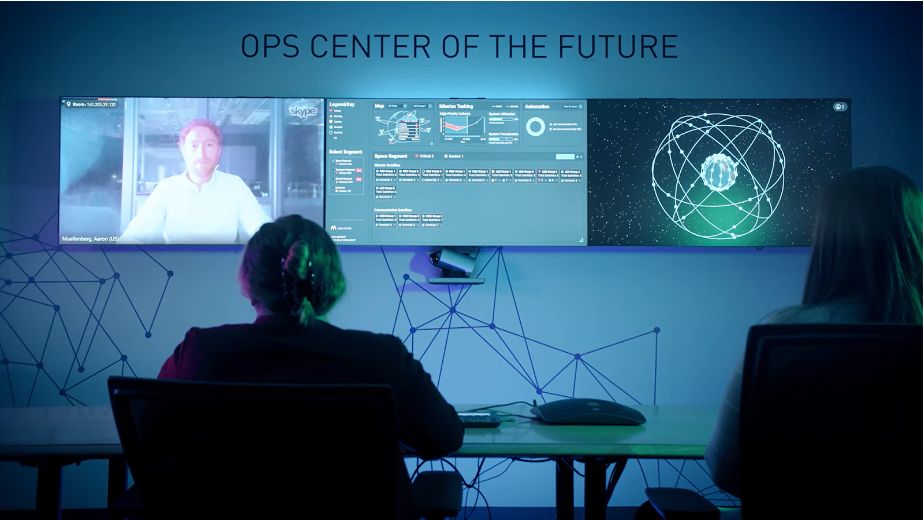Lockheed Martin just announced a new “Operations Center of the Future,” a new facility that the company hopes will make its growing constellations of Earth-orbiting satellites easier to manage.
Situated near Denver, this facility is a major innovation in satellite operations, company representatives said, with the capacity to handle multiple space missions at once through a web-enabled, secure cloud framework.
The operations center is fully funded by the company, and uses Lockheed’s Compass Mission Planning and Horizon Command and Control software systems. These software platforms have already been put into service on over 50 spacecraft missions spanning government contract work to research and commercial ventures.
With this ground system incorporated into the new facility, the company says an individual operator could potentially oversee both individual satellites as well as entire heterogeneous satellite constellations of varying designs from virtually anywhere with an internet connection.
Related: Artificial intelligence could help hunt for life on Mars and other alien worlds
Maria Demaree, vice president and general manager at Lockheed Martin Space’s National Security Space division, praised the facility’s advanced technology in a Lockheed statement. “The Operations Center of the Future’s next-generation AI, automation and cloud capabilities enable operators to remain closer to the mission than ever before, regardless of their physical location,” Demaree said. “Remote operators can instantly receive timely mission alerts about satellite operations, and then securely log in to make smart, fast decisions from virtually anywhere.”
The capability of the facility’s ground system was on display earlier this year when it successfully flew Lockheed’s In-space Upgrade Satellite System demonstrator, which was designed to highlight the potential for small satellites to maintain infrastructure in space and even enhance it with new functionality post-deployment.
A major feature of the center is its mix of automation, AI, and machine learning, which Lockheed says will help manage the rapidly increasing number (and complexity) of satellite constellations being deployed in an already crowded low Earth orbit.
The company also touted the facility’s lean operations staff thanks to a flexible software framework that can be refactored and adjusted to suit different mission types and needs.
How well it does all that remains to be seen, obviously, and there’s plenty of reason for skepticism at this point. With every industry making moves to incorporate AI and machine learning into their products and services, many companies with big AI plans have so far failed to demonstrate their real-world utility beyond the hype.
Lockheed Martin might very well have developed a system with minimal human interaction that can manage the maddeningly complex trajectories of tens of thousands of satellites in real time, and it would be quite a feat, if so. We might also end up with a very sophisticated version of ChatGPT in Mission Control making stuff up as it goes along, just with satellites flying through streams of space junk.
Whatever the case may be, we’ll know soon enough, as Lockheed’s Operations Center of the Future is expected to play a starring role in directing the company’s forthcoming space missions, including Pony Express 2, TacSat, and the LM 400 on-orbit tech demonstration.


